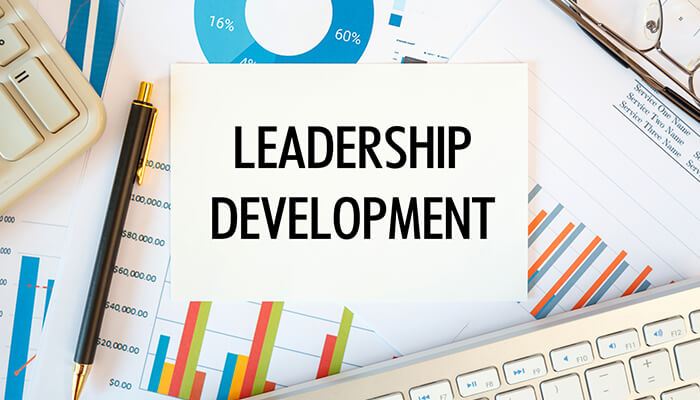A Business Plan is very important to ensure things go smoothly as expected. Similarly, you also require a well-defined leadership development strategy. It is stated to be a comprehensive blueprint concerning professional development as well as learning activities to engage in within a specific timeframe. The objective here is to improve overall leadership capabilities. However, coming up with such a plan does require putting in some effort, collaboration, and structured thinking. Only then will it ensure actual change. The plan created should be customized to match your needs and style, thus making it truly motivating. This way, you can learn valuable, interesting skills and enjoy your career.
10 Steps To Create a Leadership Development Plan
1. Jot down initial development goals:
Identify the reasons why you desire to develop such a plan. This could probably be done at the initial stage of your career, preparing yourself to undertake higher-level roles. During mid-career, the plan will allow you to develop wider Networking and greater skills.
2. Evaluate your own traits and personality.
Try to understand your temperament, strengths, and personality. For this, you may use any assessment tool that is appropriate for your goals and needs. Although personality assessments might appear to be imprecise, it are a vital step that should not be skipped. It helps customize your leadership development strategy.
3. Great leadership traits:
Find out more about the qualities and traits of some great leaders. There are easily available materials and biographies that provide rich information. List them out and identify the one that you dream to follow and be. Imbibe skills and qualities like creativity, vision, communication, honesty, etc.
4. Jot down the top values:
People with diverse values are likely to define leadership traits differently. Your values are likely to determine how such traits and goals will be expressed. Your decisions will be guided by your core values, something that cannot be changed easily. Learn about social enterprises and the values to imbibe to become a great leader.
5. Personal vision statement:
It can either express a bigger mission or perhaps focus on your job alone. Your vision should encompass leading a balanced life, serving as a leader, and applying ethical principles. Hence, a solid business plan including this statement is sure to make a huge difference.
6. Self-perception:
Find out what others know about you. You need to discuss this with your family members, peers, and friends and ask them to describe your strengths, social enterprises, and habitual behaviors. Also, get to know what others say about you in your absence.
7. Ultra-specific goals:
Prioritize those skills that you desire to imbibe. Top skills should support your vision, make it easy to learn other skills, or positively affect your career. Jot down a couple of big, audacious goals based on your prioritized skill list. Create SMART goals (“Specific,” “Measurable,” “Attainable,” “Realistic,” “Time-Bound”).
8. Skills to develop:
Prepare a list of your existing skills, like interpersonal, personal, leadership, networking, and technical. Take time to list several skills you prefer. Indicate which skills need to be developed and those termed personal strengths. Compare it with other great leaders.
9. Written plan:
This step ensures having a plan that proves to be more than useful. A well-formulated plan can be implemented effectively at the workplace.
10. Execution:
Record the progress made regularly. This can motivate you to do better and achieve your set goals. It also allows easy modification of the plan to consider new opportunities and challenges.
Besides creating a solid Leadership Development Plan, you also need the guidance of a leader or mentor. He/she can provide valuable feedback and support you in your journey to become a successful leader.




